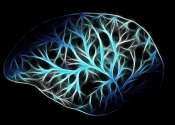New Alzheimer therapy passes another important test
The Alzheimer drug candidate PRI-002 developed at Forschungszentrum Jülich has successfully completed Phase I of clinical research involving healthy volunteers. When administered daily over a period of four weeks, the active ...
May 13, 2019
0
1








